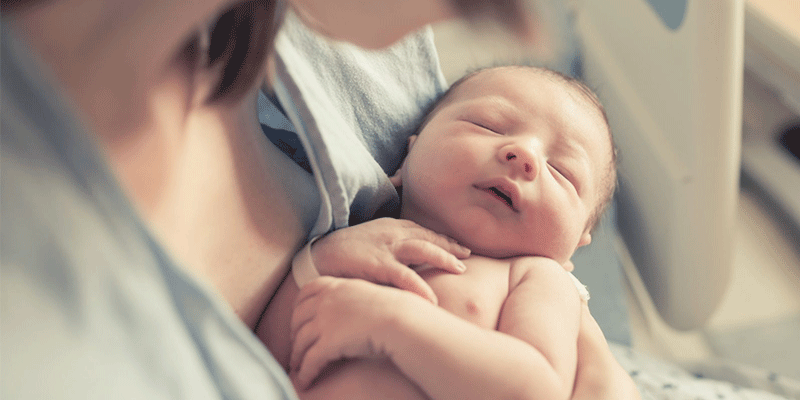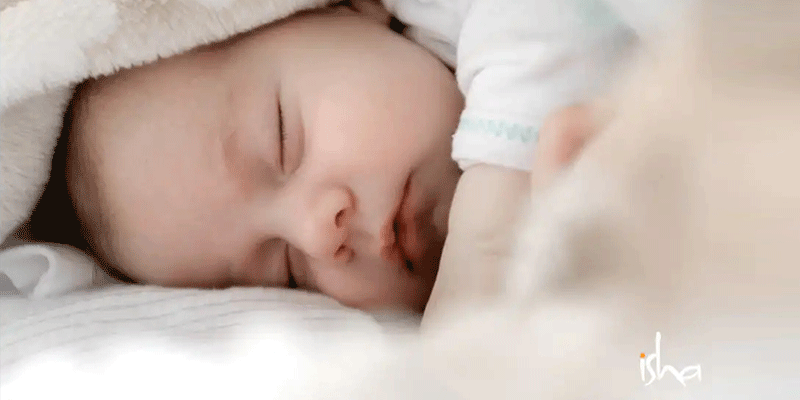
As you relax with your baby in your own room, unwrap his blankets and examine him from head to toe. You’ll notice many details that may have escaped you in the first moments after birth. For instance, when your baby opens his eyes, you’ll see their color. While many Caucasian newborns have blue eyes, the color may actually change over the first year. If a baby’s eyes are going to turn brown, they’ll probably become “muddy”-looking during the first six months; if they’re still blue at that time, they’ll probably remain so. In contrast, infants with dark-skinned heritage generally have brown eyes at birth, and they tend to remain that color throughout life.
You may notice a blood red spot in the white area of one or both of your newborn’s eyes. This spot, as well as the general puffiness of a newborn’s face, are most commonly caused by pressures exerted during labor. Although you might find them a bit worrisome at first, fortunately both tend to fade in a few days. If your baby was delivered by C-section, he won’t have this puffiness and the whites of his eyes should not have any red spots right from the start.
Bathed and dry, your baby’s skin will seem very delicate. If he was born after his due date, it may peel and appear wrinkled as a result of having lost the vernix (a whitish, creamy substance covering the skin). If he was born on time or early, he may still peel a little as a newborn because of his skin’s sudden exposure to air after the vernix is washed away. Either way, peeling skin is a normal newborn process and requires no treatment. All babies, including those with a dark-skinned heritage, have lighter-appearing skin at birth. This gradually darkens as they become older.
As you examine your baby’s shoulders and back, you also may notice some fine hair, called lanugo. This hair is produced toward the end of pregnancy; however, it’s usually shed before birth or soon thereafter. If your baby was born before his due date, he is more likely to still have this hair, and it may take a couple of weeks to disappear.
You also may notice a lot of pink spots and marks on your baby’s skin. Some, like those that appear around the edges of his diaper, may simply be due to pressure. Mottled or blotchy-looking patches are commonly caused by exposure to cool air and will disappear quickly if you cover him again. If you find scratches, particularly on your baby’s face, it serves as a good reminder that it’s time to trim his fingernails. This will help prevent him from continuing to scratch himself as he randomly moves his hands and arms. For some new parents, this can seem like a monumental and nerve-racking task, so don’t hesitate to ask for advice from the nurse at the hospital nursery, or at your pediatrician’s office, or from anyone else with experience on how to clip an infant’s nails. Your baby also may develop other newborn rashes and have some birthmarks. Most will fade or resolve on their own without treatment (although some birthmarks may be permanent).
Last Updated 8/1/2009
Source Caring for Your Baby and Young Child: Birth to Age 5 (Copyright © 2009 American Academy of Pediatrics)
The information contained on this Web site should not be used as a substitute for the medical care and advice of your pediatrician. There may be variations in treatment that your pediatrician may recommend based on individual facts and circumstances.






